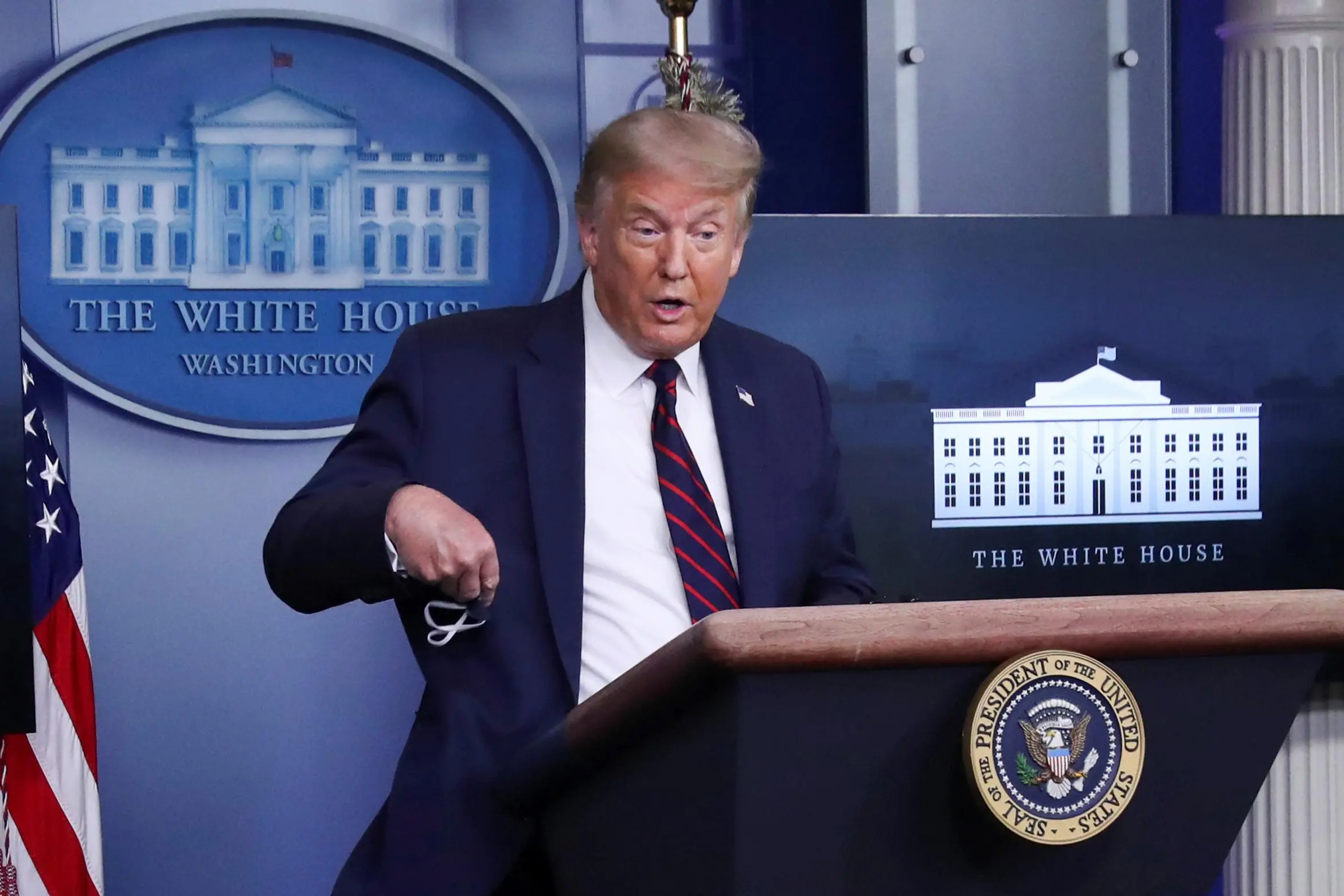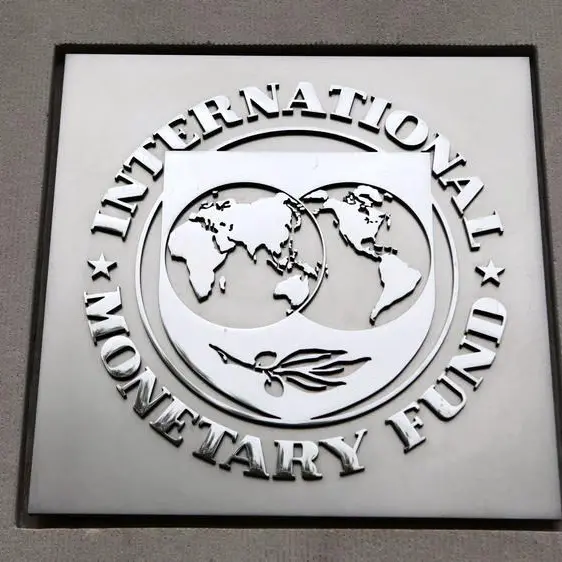PHOTO
(The author is a Reuters Breakingviews columnist. The opinions expressed are his own.)
NEW YORK - Breaking records can be good – but not when they’re for economic disintegration. U.S. GDP crashed at a 33% annualized pace in the three months to June, the Bureau of Economic Analysis said on Thursday. At least the trajectory of America’s economic output is a known unknown: The current quarter is less bad. How much so is anyone’s guess, though. And the Federal Reserve – and especially Congress – can shift the outcome.
The biggest one-time drop in GDP since government records began in 1947 was already a given, although the annualized figure for a quarterly change makes it look even worse than it is. So was a substantial rebound in activity since the depths plumbed early in the period after the coronavirus pandemic brought widespread shutdowns of workplaces, restaurants and everything in between. The question is what happens next.
The Fed, which concluded its latest policy meeting on Wednesday, is playing a waiting game. It had already acted to boost the economy as fast and generously as it could. Jay Powell, chair of the U.S. central bank, hinted at concerns the recovery might be tailing off as Covid-19 cases continue rising in many parts of the United States. That’s where the GDP report – even just the first estimate – is already stale.
Weekly official data on new unemployment-insurance claims is one fresher source. Thursday's iteration supports Powell’s worries. Claims have ticked up again moderately in the past couple of weeks, having previously declined since the massive spike around the end of March. What Powell calls high-frequency data, like consumer-spending information derived from credit- and debit-card use, also suggest some weakening of the economic comeback, according to data from nonprofit research outfit Opportunity Insights.
Congress is engaged in a partisan back-and-forth over its next injection of stimulus, for example over the level of extra unemployment benefits. Powell avoids explicit policy recommendations and on Wednesday praised lawmakers’ prior interventions as fast and strong and as money well spent.
But without a continuation of fiscal support, and especially given the Covid-19 situation, the rebound is in real danger. Powell and his colleagues have done plenty and can do more at short notice. He was clear that politicians need to do more, too. The Fed chair will be hoping they are following the real-time data that could persuade them to make the necessary compromises.
CONTEXT NEWS
- U.S. real GDP contracted at a record 33% annual pace in the second quarter, according to the first estimate from the Bureau of Economic Analysis on July 30.
- Initial U.S. unemployment claims for the week ended July 25 ticked higher to 1.4 million, the second week in a row of modest increases, the Labor Department said on July 30. After spiking to a record of more than 6 million in late March and early April, weekly claims had until then been declining.
- Continuing claims were 17 million, up on the prior week though down from the early May peak of nearly 25 million.
- Data compiled by nonprofit research group Opportunity Insights suggests the rebound in consumer spending based on credit- and debit-card use has flattened out in recent weeks and is currently running around 6.4% below the level in January.
- Other current data from Opportunity Insights, including small-business revenue and job postings, have also tailed off after partially recovering from the March-April nadir.
- The surge in U.S. coronavirus cases is beginning to weigh on economic activity, Federal Reserve Chair Jerome Powell said on July 29, promising the central bank would "do what we can, and for as long as it takes," to limit damage and boost growth.
(The author is a Reuters Breakingviews columnist. The opinions expressed are his own.)
(Editing by Antony Currie and Leigh Anderson) ((richard.beales@thomsonreuters.com; Reuters Messaging: richard.beales.thomsonreuters.com@reuters.net))












